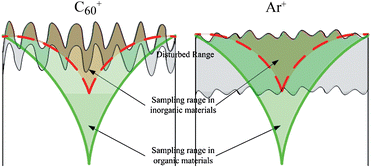Sputter-induced chemical transformation in oxoanions by combination of C60+ and Ar+ ion beams analyzed with X-ray photoelectron spectrometry
Abstract
The change of the chemical states of inorganic

* Corresponding authors
a
Research Center for Applied Sciences, Academia Sinica, Taipei 115, Taiwan, Republic of China
E-mail:
shyue@gate.sinica.edu.tw
Tel: +886(2)2789-8000#69
b Department of Materials Science and Engineering, National Taiwan University, Taipei, Taiwan 106, Republic of China
The change of the chemical states of inorganic

 Please wait while we load your content...
Something went wrong. Try again?
Please wait while we load your content...
Something went wrong. Try again?
Y. Lin, Y. Chen, B. Yu, W. Lin, C. Kuo and J. Shyue, Analyst, 2009, 134, 945 DOI: 10.1039/B814729A
To request permission to reproduce material from this article, please go to the Copyright Clearance Center request page.
If you are an author contributing to an RSC publication, you do not need to request permission provided correct acknowledgement is given.
If you are the author of this article, you do not need to request permission to reproduce figures and diagrams provided correct acknowledgement is given. If you want to reproduce the whole article in a third-party publication (excluding your thesis/dissertation for which permission is not required) please go to the Copyright Clearance Center request page.
Read more about how to correctly acknowledge RSC content.
 Fetching data from CrossRef.
Fetching data from CrossRef.
This may take some time to load.
Loading related content
